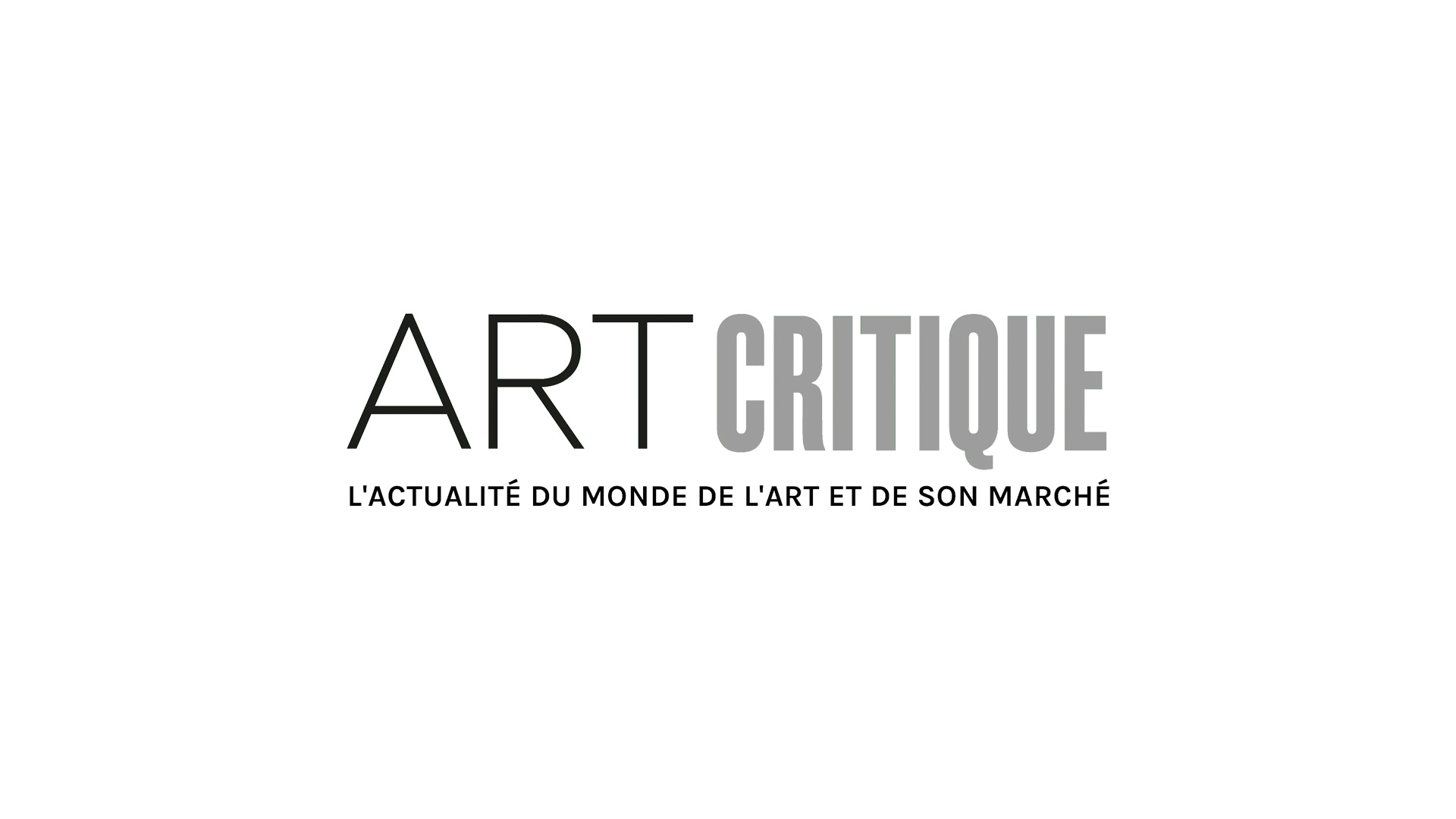Apart from attracting increasing popularity in its own right, Frida Kahlo’s evolution from Mexican artist and wife of Diego Rivera to a pop-culture icon has created a fertile landscape for art museums to engage with diverse members of their communities. No other artist seems quite as revered and commercialized at the same time. Where does this intense Fridamana come from?
Kahlo was born in 1907, on the eve of the Mexican Revolution. She identified as a Mestizo: someone of half indigenous and half European ancestry. The artist lived most of her life with her family in a neoclassical mansion, affectionately called Casa Azul; she would return there during her final years. Poor health dogged much of the artist’s life. She contracted polio at a young age, suffered a car/trolley accident, and underwent invasive surgeries that incapacitated the artist for long periods. It was this misfortune that turned Kahlo to painting during the time she spent recuperating.
The artist met her husband, Diego Rivera, while attending art school and was soon married in 1929. While Rivera’s popularity had overshadowed her own in the1930s, the roots of the spiraling trend of people appropriating her work originated in this same period through the pen of Andre Breton. Shortly upon arriving in Mexico, the surrealist advocate became fascinated by her work; after seeing her 1938 painting What the Water Gave Me, he proclaimed her to be a “natural surrealist,” a label she struggled to shrug off throughout her career. During an interview with Time magazine in 1953, Kahlo said, “They thought I was a surrealist, but I wasn’t, I never painted dreams. I painted my own reality.” However, some movers and shakers in the art world used the surrealist tag to make her work more digestible and refined for foreign palates – a Mexican artist for international tastes.

Having been thrust into the international spotlight, Frida began to curate her public image. She chose the aspects of her life others could see and established the filter through which they viewed it – the persona of someone one more Mexican than Mexico. The artist did not want to blend in; she wanted to be seen. Almost all her paintings contain self-representation that ranged in both quantity – some contain several symbolic references while others convey few – and degree of abstraction.
Since her death in 1954, her popularity has steadily risen and has culminated in her status as an icon. She has been hailed by fashion aficionados for her costume, reclaimed by feminists as an edgy woman artist, and adopted by the LGBTQ community for her sexual and gender fluidity – even Madonna has claimed her as a personal hero. In becoming a relatable figure for so many groups, it is no wonder that today we live in a world of Fridomania. Key chains, board books, nail polish, dolls, mugs, shirts, and costumes infused with Kahlomania are just a few of the products people can purchase online or even in their local shopping areas.
As public-facing institutions seeking opportunities to connect to their communities, art museums naturally find Frida Kahlo as an appealing subject for their exhibitions. Not only does her work relate to diverse audiences, but it also allows them to delve into a rich collection of revered artwork. The origins of her popularity in cultural institutions trace back to a 1982 exhibition of Kahlo’s work at London’s Whitechapel Gallery, and in 2005, the Tate Modern hosted her first complete retrospective.
The Brooklyn Museum recently finished their exhibition “Frida Kahlo: Appearances Can Be Deceiving” in New York. The institution claimed the show to be the largest in ten years devoted to the painter and the first in the United States to display a collection of her clothes and other personal possessions. “Frida Kahlo and Arte Popular,” an exhibition at the Museum of Fine Art that explores Kahlo’s lasting engagements with art for the people and her passion for objects, closes on June 16, 2019. Fridamana fans can look to the Frist Museum in Nashville, Tennessee for the latest show, Mexican Modernism, featuring Kahlo’s artwork.
Image: Frida Kahlo, by Guillermo Kahlo, 1932





